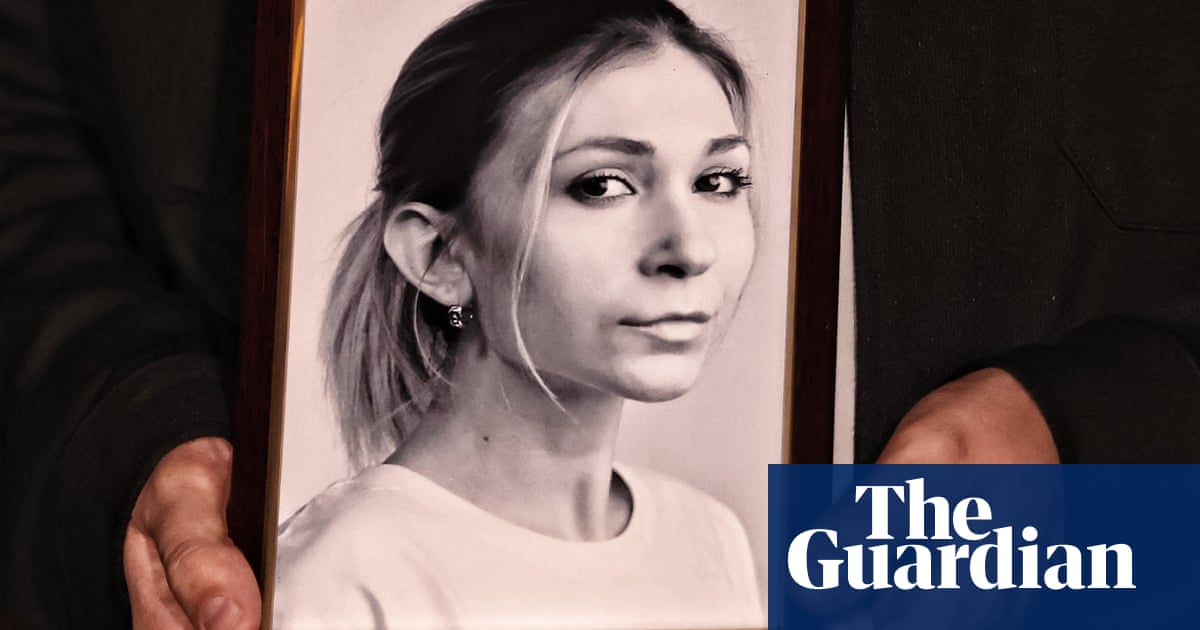The article highlights the courageous efforts of Viktoriia Roshchyna, a Ukrainian journalist, who sought to expose Russian "black sites" associated with severe human rights abuses. It details her perilous reporting trip and subsequent disappearance, emphasizing the atrocities she aimed to reveal. The narrative serves to raise awareness about the brutality occurring in these sites and the dangers faced by journalists covering the war.
Purpose and Impact of the Report
This piece aims to shed light on the dark realities of war crimes in occupied territories, particularly those perpetrated by Russian forces. It intends to inform the global audience about the risks faced by journalists like Roshchyna and to stimulate outrage regarding human rights violations. By detailing the specific methods of torture used in these "black sites," the report seeks to provoke a strong emotional response from readers, potentially leading to calls for action or intervention.
Perception Shaping
The article aims to create a perception of urgency and moral obligation among its audience. It uses vivid descriptions of torture methods to evoke a sense of horror and injustice, thereby fostering a communal sense of empathy towards victims and support for the journalist's mission. The report positions Roshchyna as a martyr in the pursuit of truth, enhancing her narrative's impact.
Potential Concealments
While the article focuses on exposing Russian abuses, it may inadvertently divert attention from other aspects of the conflict, such as the actions of Ukrainian forces or broader geopolitical dynamics. By concentrating solely on the atrocities linked to Russian "black sites," it might suppress discussions about the complexity of wartime morality.
Manipulation Assessment
The report carries a high level of emotional weight through its graphic content and focus on torture, which can be seen as a manipulation technique to evoke sympathy and anger. The language used is charged, aiming to mobilize public sentiment against Russian actions while potentially oversimplifying a multifaceted conflict.
Credibility and Truthfulness
The credibility of the article hinges on the sourcing and verification of the reported events. The involvement of a collective of journalists and the detailed accounts of torture methods lend some credibility to the narrative. However, the potential for bias exists, given the emotionally charged nature of the content. The report is likely based on real events but should be viewed within the broader context of wartime reporting.
Community Support and Appeal
This article is likely to resonate more with communities that advocate for human rights, journalistic freedom, and anti-war sentiments. It appeals to those who are already engaged in discussions around the conflict and are sympathetic to the plight of civilians and journalists in war zones.
Economic and Political Implications
Publicizing atrocities can influence international political discussions and humanitarian responses, potentially leading to sanctions or increased support for Ukraine. This could impact defense and security stocks related to military aid or companies involved in humanitarian efforts.
Global Power Dynamics
The focus on Russian human rights abuses contributes to the narrative of global power struggles, particularly in the context of Ukraine's resistance against Russian aggression. As the conflict continues, such reports may shape international responses and alliances.
AI Involvement
It's possible that AI tools were used in gathering information or analyzing data for this report, especially in tracking down details about the journalist's case or in verifying claims about the "black sites." However, the emotional narrative and firsthand accounts suggest a human touch in storytelling.
In conclusion, while the article provides a harrowing account of human rights violations and the bravery of journalists, it is essential to recognize the potential biases and emotional manipulation at play. The reliability of the information is bolstered by the collective effort of journalists but should be interpreted in the context of ongoing conflicts and the complexities involved.
